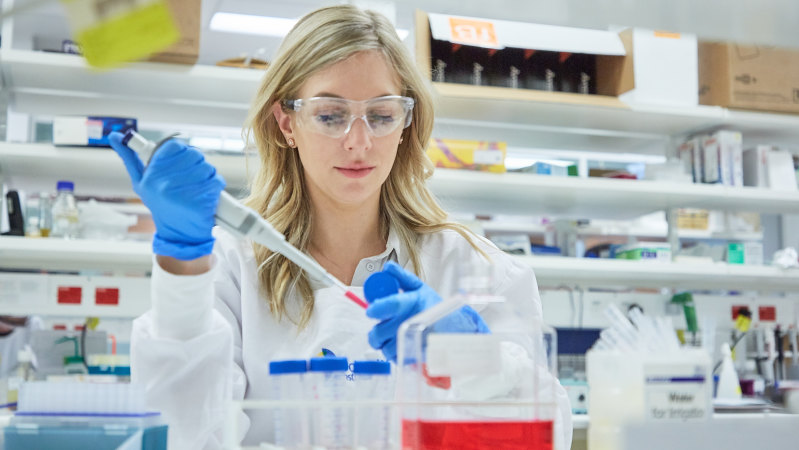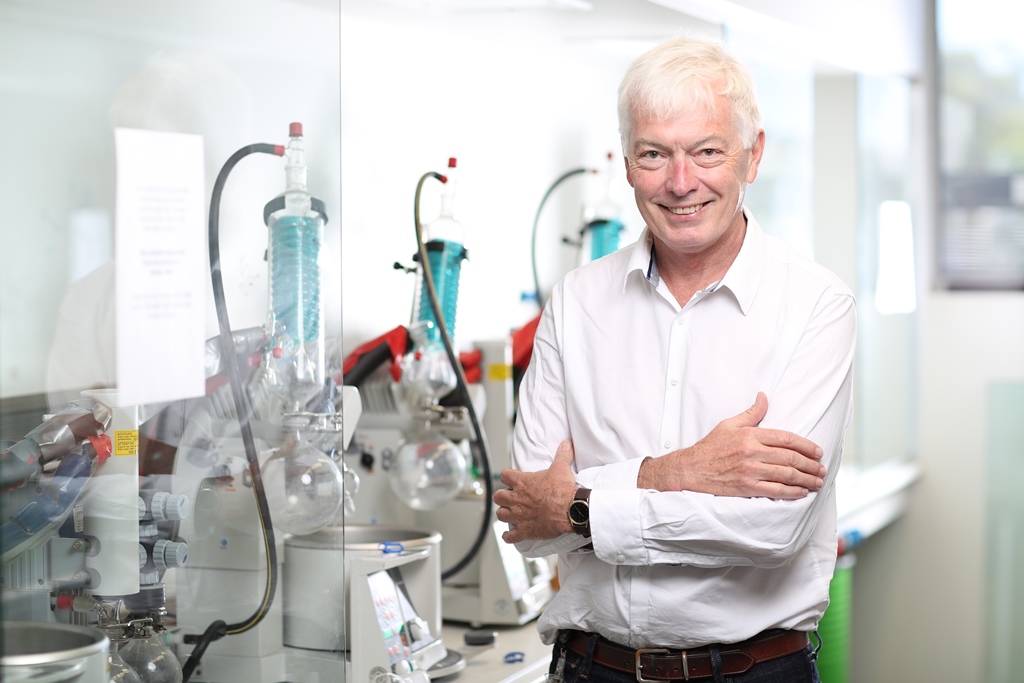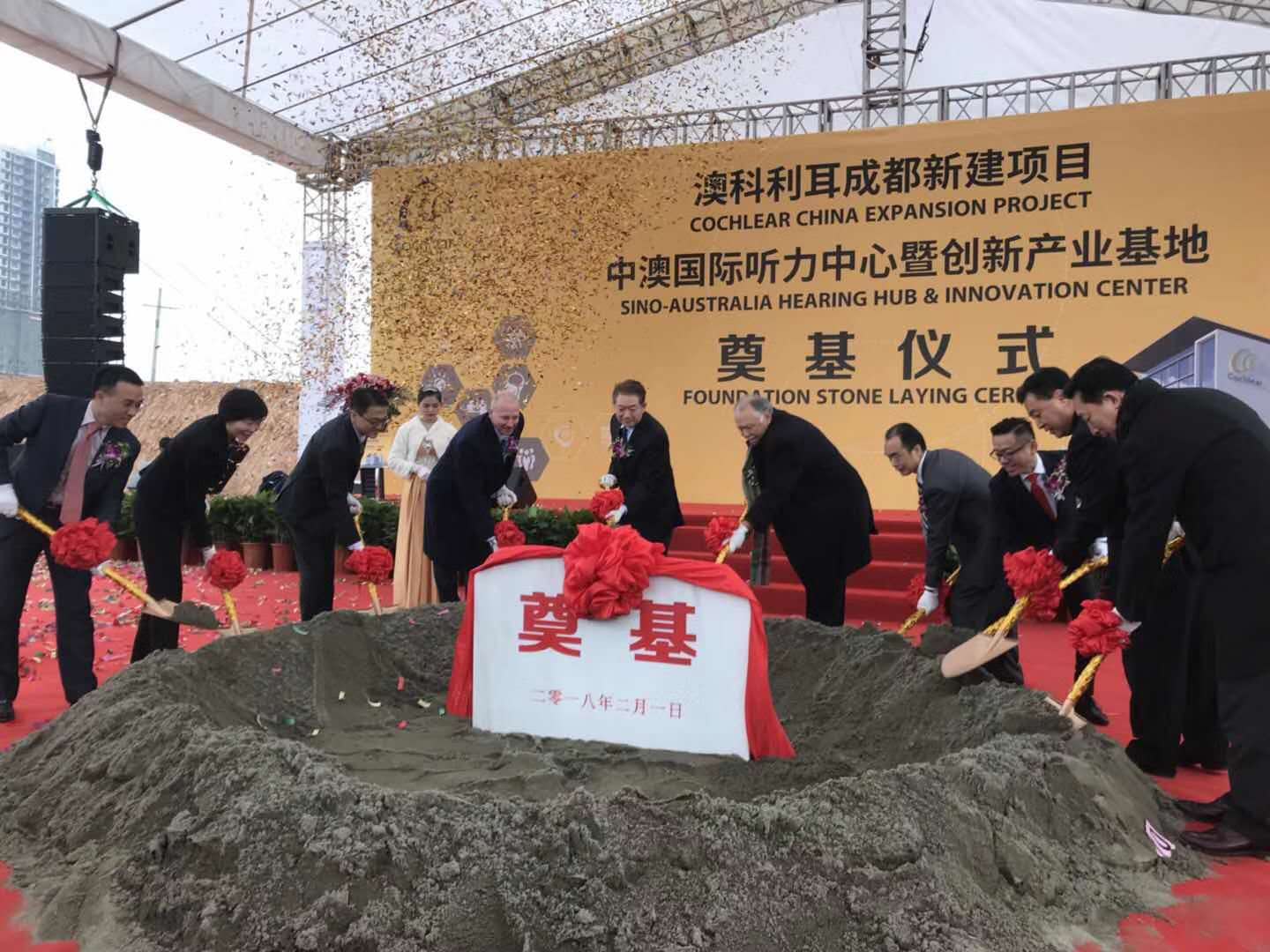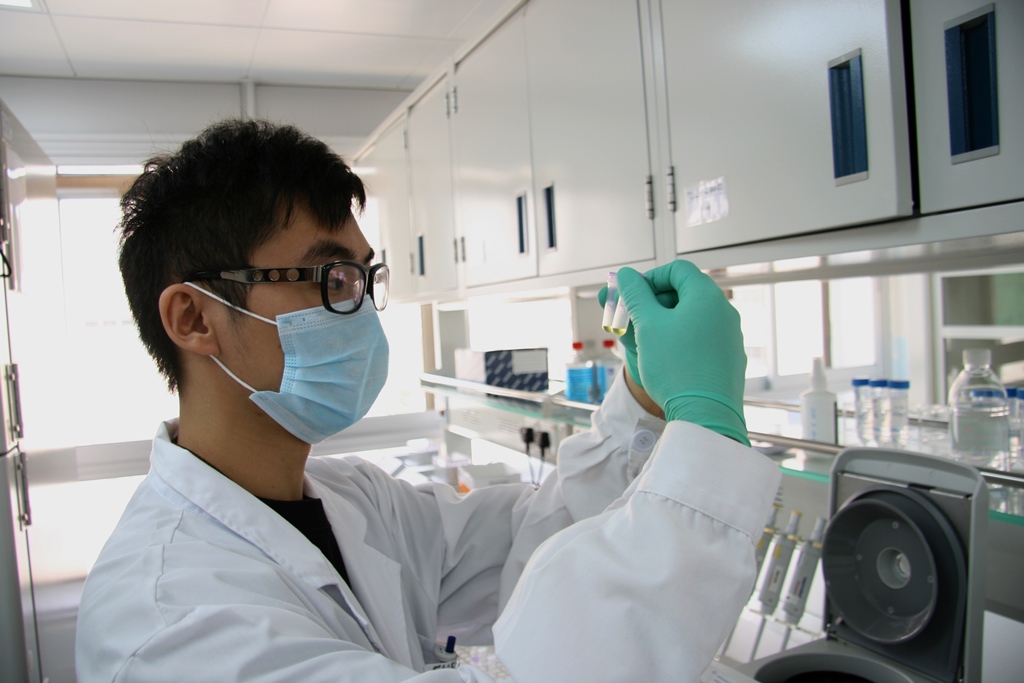Opportunities in times of crisis – the health sector
20 May 2020
I am co-writing this blog with my colleague Tim White, the Trade and Investment Commissioner with Austrade in Chengdu. The Austrade office in Chengdu celebrates its 20th anniversary this year. I work closely with Tim’s team to assist Australian companies seeking trade and investment opportunities in the fast growing market in southwest China. Tim leads Austrade’s efforts in the health sector across Greater China.
This blog is about further opportunities in Australia’s strong health sector which we see will be of increasing interest to China as it moves into the recovery phase of the COVID-19 epidemic.
Australia’s health sector
During this time of crisis, we realise how critical our public healthcare system and health capabilities are to Australia as a well-functioning and healthy society. Our health system is one of the best in the world, providing quality and affordable care for our citizens. The system has positioned us well in the response to COVID-19.
This hasn’t gone unnoticed overseas. In China, our reputation in the health sector is strong. Breakthroughs on COVID-19 by the Doherty Institute, CSIRO and other Australian research organisations have been widely covered in China. We are often approached by local health authorities, hospitals, and researchers to collaborate on projects that would benefit both sides. Over the past decade, Australia’s health and medical industry has increasingly been recognised in China for our world leading technology, innovation, high professional skills, advanced research, development and robust health system.

Frank Fenner Prize for Life Scientist of the Year (2019) awarded to Associate Professor Laura Mackay (School of Biomedical Sciences and the Peter Doherty Institute, The University of Melbourne) for identifying immune cells that protect against both infection and cancer. Credit: Prime Minister’s Prizes for Science
Joint health projects in China
As a result, we’ve had successful joint collaborations in China. For instance, Griffith University’s Institute of Glycomics has been working with Olymvax, a Chengdu pharmaceutical company, to produce a vaccine for streptococcus infections. Another great example is Cochlear’s future manufacturing facility in Chengdu, which will operate alongside the China-Australia Hearing Hub. In Chongqing, Australia’s Icon Group is setting up a state of the art a cancer treatment centre in the Sanbo Hospital.

Glycomics Principal Research Leader Professor Michael Good AO. Credit: Griffith University

Cochlear China Expansion Project, Sino-Australia Hearing Hub & Innovation Centre. Credit: DFAT
In the post-COVID-19 environment, our Austrade team has continued to facilitate cooperation between Australian and Chinese firms and organisations in the health sector. The office never closed throughout the coronavirus outbreak, and continued to reach out to clients and customers to support even closer cooperation both during the crisis and in the recovery phase.
Relationship building in a COVID-19 world
Our Austrade team emphasises that relationship building remains key to establishing trust and building commercial partnerships. With physical meetings and interactions impossible or highly restricted for now, digital outreach and client/customer engagement are essential. More than ever, Australian companies need sophisticated, targeted digital social media strategies for China through popular platforms such as WeChat, Weibo, and even Douyin (TikTok).
Digital health
Even before the coronavirus outbreak, digital health services were widely used in China. McKinsey had estimated 165 million digital health users in China in 2019, and Philips found that 94 per cent of health professionals use digital tools. As you can imagine, the use of digital tools has surged since the outbreak.
Chinese internet giants Tencent and Alibaba are among the corporations positions themselves as global digital health leaders. They both provided free diagnostic services for Chinese users during the crisis, thus expanding their reach and encouraging a new generation of users. They have since broadened their suite of digital health services to support a market that Ant Financial Group – Alibaba’s financial arm – expects to grow to 450 million users by 2025.
Platforms hosted by Tencent and Alibaba may provide a path to market for Australian mobile health, diagnostics and telemedicine providers.
Austrade is also working with our partners at AstraZeneca and the Wuxi iCampus incubator to provide a partnership platform for Australian health companies, including in digital health. Please keep an eye out on the Austrade website for details of our digital health market entry bootcamp in July 2020.

Telehealth – remote “face-to-face” patient visits via video. (Photo from internet)
Health services
Quite understandably, the Chinese hospital system has been stretched during the worst of the epidemic. With the situation improving, the system is resuming normal services. Smaller and private hospitals and primary care providers are expected to absorb a larger proportion of public health needs in the future. This is part of China’s reform agenda but will take time, expertise and importantly, a cultural shift by patients, who prefer large public hospitals. Leading public hospitals such as Chengdu’s Huaxi Hospital received an average of 15,000 patients per day pre-COVID.
The overall trend towards diversification of China’s health services system will drive demand for solutions, including international partnerships in health services that could ease burdens and build resilience in China’s hospital sector. For Australia, it means training and professional development in primary, allied health and aged care, standards and accreditation, as well as clinical specialist services, among other areas.
Public health and biotechnology
It will be no surprise that emerging from COVID-19 China will have even stronger focus on infectious disease research, prevention measures and treatments, and drug innovation generally.
With our long history of research collaboration and our medical research capability very highly regarded in China, there are opportunities for working together to solve health problems around the world. Already, there are around 1,600 joint medical research publications between Australia and China each year, indicating our shared interests and ease in collaboration.
We expect stronger further growing in biotechnology, especially given that China’s sector is still only around 5 per cent that of the US in terms of scale. In addition to increased funding in this sector, China will want to strengthen oversight of biosecurity and biotechnology frameworks. Hence there are continued opportunities in technical exchange, regulation, research and development commercialisation and clinical trials.

The world’s largest genomic organisation, China-based BGI, has signed a collaboration with Griffith University researchers, which could lead to the development of new genetic tests and approaches to treatments. Credit: Griffith University
Summing up
Austrade track developments in China’s health sector closely, so that we can give up to date advice to Australian companies on the existing and emerging opportunities. We stand ready to assist whether it be digitally, or through our nine offices in Greater China or our onshore teams in Australia.
The COVID-19 situation would only strengthen the recognition that public health is the highest priority for governments. As a country with deep and extensive health and medical expertise, strengths and resources, Australia has much to offer as a partner in health and life sciences.
Click here to return to the Australian Consul-General's Blog on Southwest China
